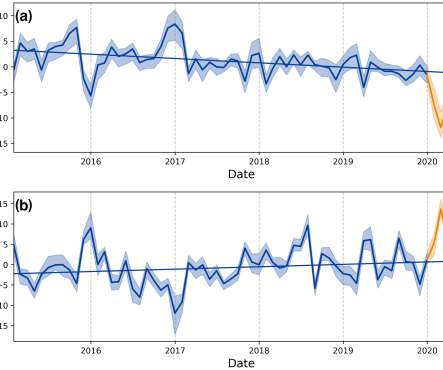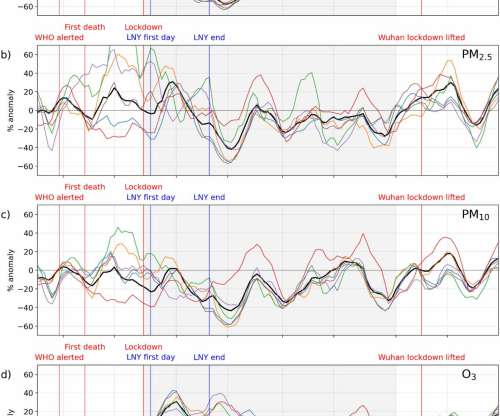EPA initiates new review of the Ozone National Ambient Air Quality Standards
Green Car Congress
AUGUST 22, 2023
The Environmental Protection Agency (EPA) announced a new review of the Ozone National Ambient Air Quality Standards (NAAQS). EPA established the current standards at a level of 70 parts per billion in 2015 and retained them in 2020, after concluding that there was little new information to suggest the need for revision.

































Let's personalize your content